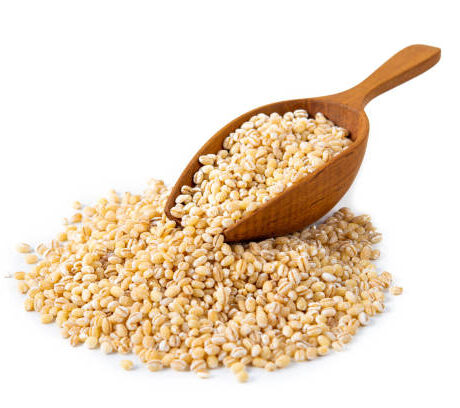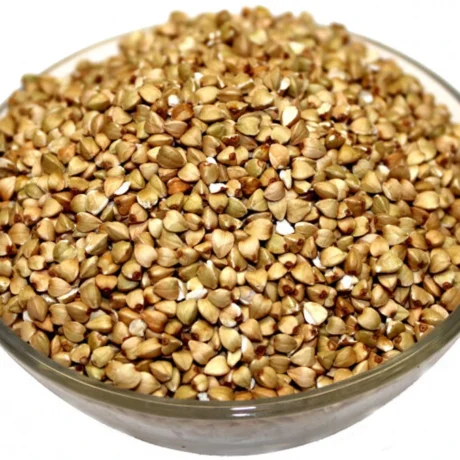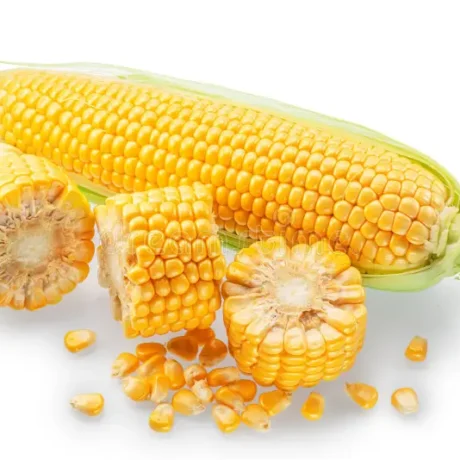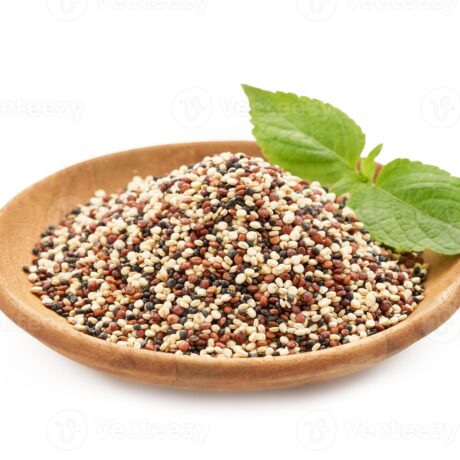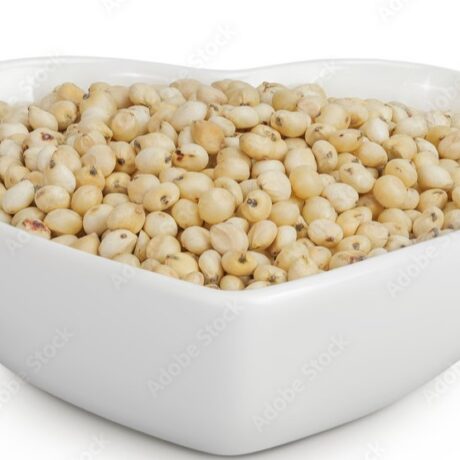Maize (Corn) (Zea mays) is a versatile cereal grain native to the Americas, widely consumed around the world in various forms. With its sweet flavor and vibrant yellow kernels, maize is used in everything from snacks and main dishes to flours and oils.
Key Features of Maize (Corn):
✅ Varieties – Sweet corn, popcorn, dent corn, flint corn, and cornmeal
✅ Rich in Nutrients – Contains carbohydrates, fiber, vitamin C, B vitamins, magnesium, and antioxidants like lutein and zeaxanthin
✅ Uses – Used in soups, salads, tortillas, snacks, baking, and as corn flour or corn starch
✅ Health Benefits – Supports eye health, aids digestion, provides quick energy, and helps maintain healthy skin
n ancient whole grain with a mild, nutty flavor and chewy texture. Often used in soups, salads, and cereals, barley is valued for its high fiber content and numerous health benefits, making it a great addition to a balanced diet.
Key Features of Barley:
✅ Varieties – Hulled barley, pearl barley, barley flakes, and barley flour
✅ Rich in Nutrients – High in dietary fiber (especially beta-glucan), B vitamins, iron, magnesium, and selenium
✅ Uses – Added to soups, stews, porridges, breads, salads, and beverages like barley water
✅ Health Benefits – Lowers cholesterol, supports heart health, regulates blood sugar, aids digestion, and promotes fullness

